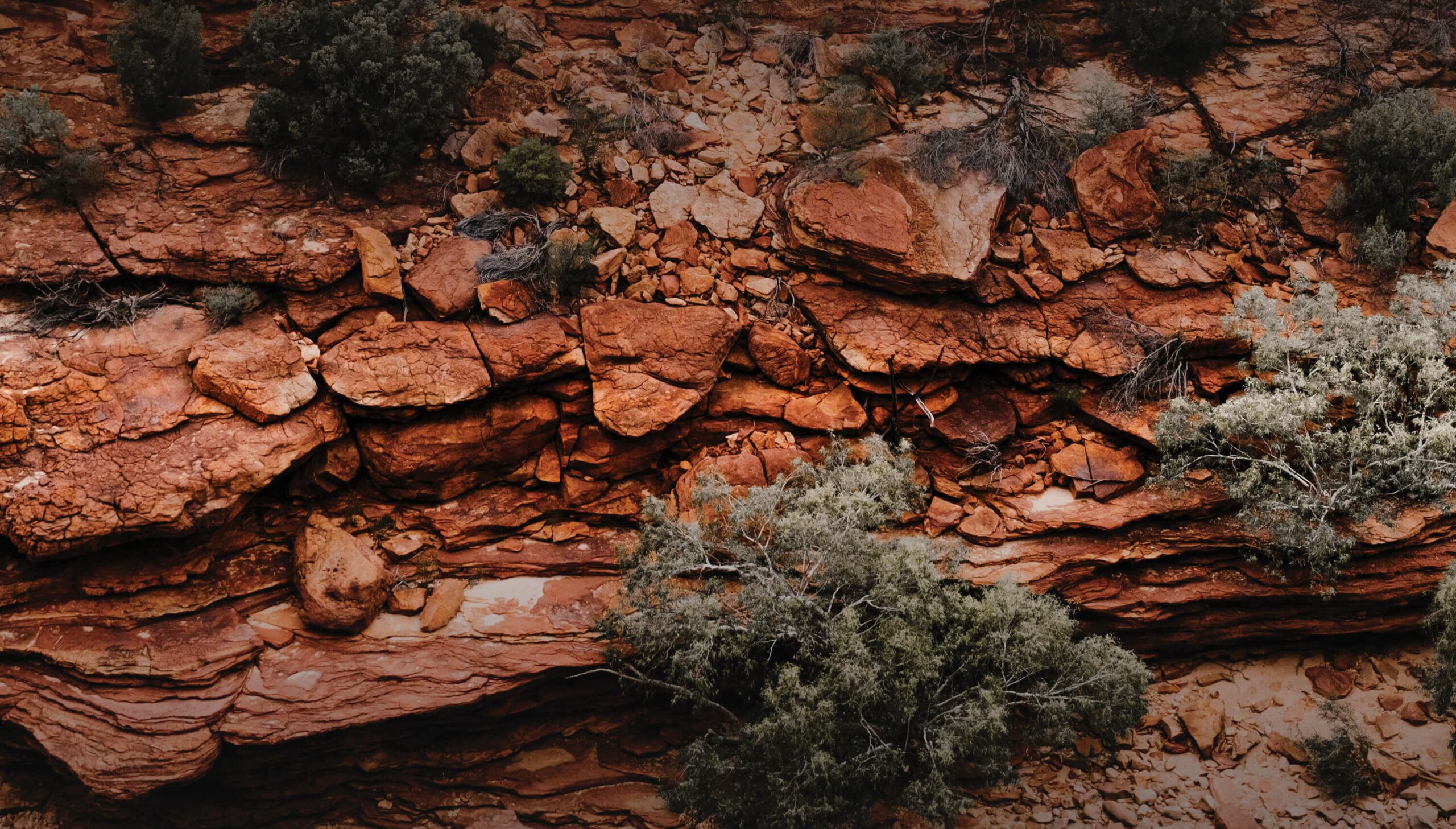Unbelievably Simple Tips for Being a Great Parent is a helpful info-graphic document to provide to parents with tips for meaningful interactions with their child.
5 Times Parents can Have the Greatest Impact
There are 9 minutes during the day that have the greatest impact on a child:
1. When They Wake Up
The first 3 minutes after they wake up. Always start the day with a smile.
2. When They Arrive Home
The 3 minutes when they come home from school or you have lunch together. Greet them with a smile, ask what their favourite activity was, show interest and encouragement.
3. Bedtime Routines
The last 3 minutes of the day before they go to bed. Have a quiet time routine, tell them a story, sing a song, tell them you love them.
4. Touch and Reassurance
Children need positive touches and connection during the day to feel safe and connected to a parent. It can be as simple as the straightening of a collar, a pat on the shoulder, holding hands, sitting together and watching TV, or best – a simple hug.
5. Eye to Eye Contact and Conversation
Each day, your kids need a meaningful eye-to-eye conversation with a parent. It is especially important for babies to have eye contact, but children of all ages need parents to slow down and look them in the eyes. Sit together and have a chat!
If you feel like you need extra support Relationships Australia SA also offers a range of services for families and children and youth that can help. Together4Kids provides therapeutic support to children aged 0–12 to help them: overcome trauma, strengthen children’s ability to deal with difficult feelings and reactions, and adjust to family changes and disruptions. Get in touch with us today.











